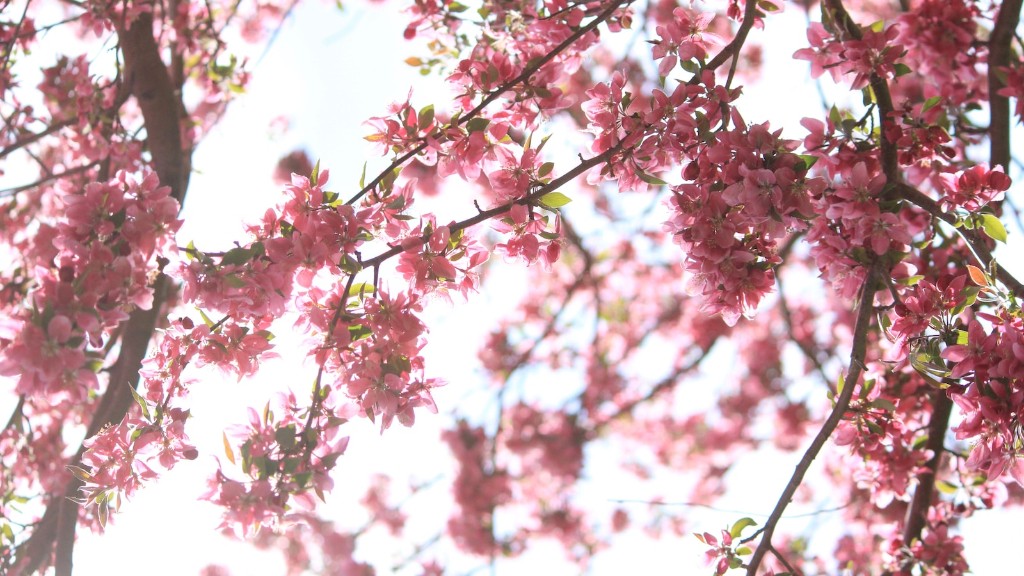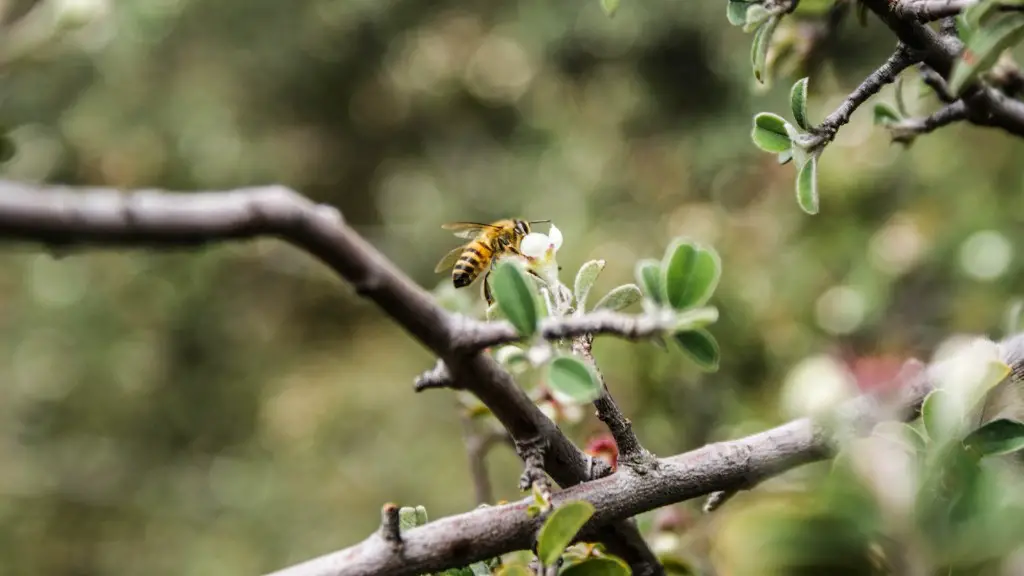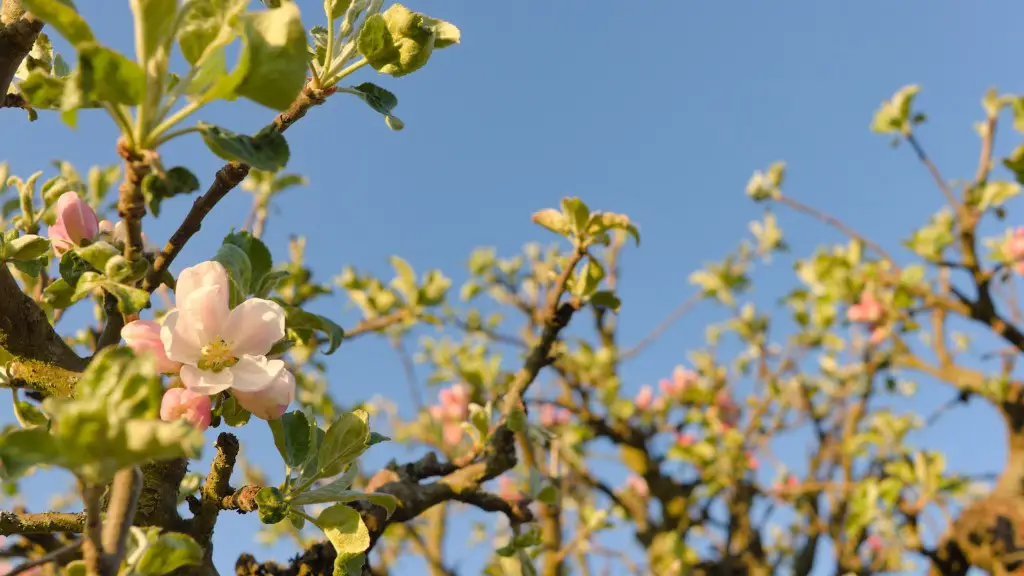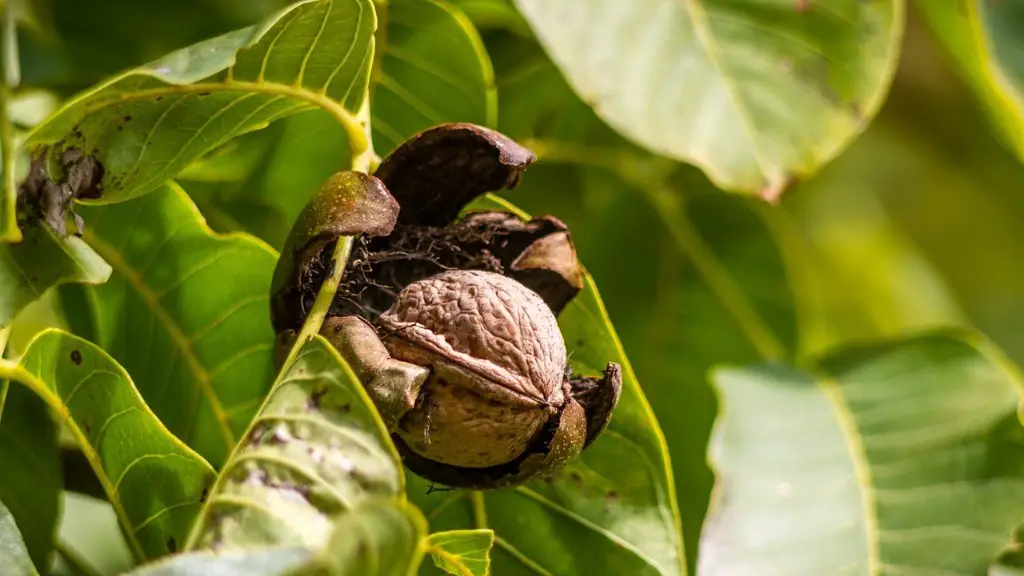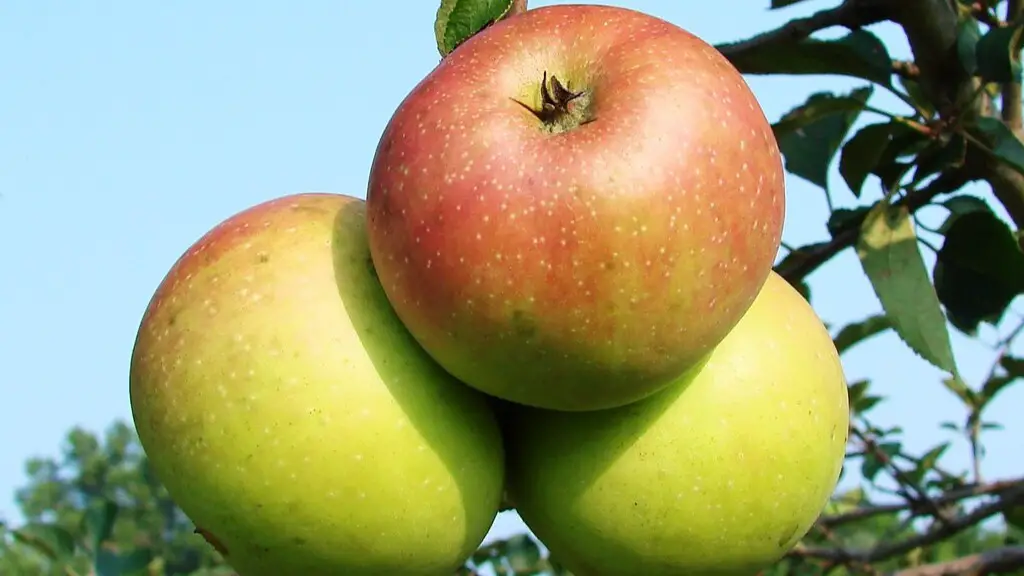How to Plant a Rainier Cherry Tree
A Rainier cherry tree is a hybrid fruit tree known for its stunning white and yellow flowers, sweet and juicy cherries, and a productive lifespan that can last for up to 20 years. Planting a Rainier cherry tree is relatively simple, and can become a significant source of fruit in just a couple of years. The following guide will help you get started with planting a Rainier cherry tree.
First, select the ideal site for your Rainier cherry tree. The spot should receive full sun, and should be well-drained and free of compaction and weeds. If the soil is heavy and clay-like, use a spade to loosen it to a depth of at least one foot. When choosing a spot for your tree, select one that is sheltered from strong winds.
Once you have selected the ideal spot, plant the Rainier cherry tree in the early spring. Measure the width and the depth of the root ball of your tree. Dig a hole that is slightly wider and deeper than the root ball. Gently remove the tree from its container, and place it in the hole. Position the tree so that its root flare is above the soil surface. Carefully backfill the soil around the root ball, while making sure to not pack it in too tightly. When planting your cherry tree, ensure that the tree is at the same depth as it was in the container.
Water is an important factor for the health of your Rainier cherry tree. During the first two years of growth, make sure to water the tree at least twice a week in summer, and about once a week in winter. If you live in a region that receives no rainfall, water your Rainier cherry tree every day. Test the soil two to three inches below the surface to determine if the soil needs more water. Overwatering can lead to root rot, so make sure to avoid it.
Fertilizing your Rainier cherry tree is also important for its health and vitality. An all-purpose fertilizer that is low in nitrogen and high in phosphorus should be applied to the soil around the tree in early spring and again in summer. Organic fertilizer can also be used. Mulch should also be applied around the base of the tree, to retain soil moisture and to reduce weed growth.
Contact your local extension office to determine any special pruning needs for your Rainier cherry tree. Prune your tree slightly after planting, to promote a well-balanced and productive canopy. Regular annual pruning should be done to remove dead, dying, and diseased branches, as well as to maintain tree structure. The best time for pruning is in late winter.
Finally, properly plant and maintain your Rainier cherry tree to ensure a healthy and productive lifespan. Once tree planting is complete, it is important to regularly check the tree for signs of stress or pest infestation. It is also important to avoid over-fertilizing or overwatering, as it can lead to stressed out or weak tree growth.
Insects and Pests that Affect Rainier Cherry Trees
Like all fruit trees, Rainier cherry trees are susceptible to pests and insect attacks. The most common pests are aphids, borers, and spider mites. These insects can cause significant damage to the tree and delay fruit production. Regularly inspect your tree for signs of infestation, such as yellow spots on foliage or sap on the trunk. If detected early, most pest issues can be treated with insecticidal soap or neem oil.
Common diseases that affect Rainier cherry trees are brown rot, cankers, and powdery mildew. Brown rot is a fungal disease that causes dark spots on the fruit. Cankers are caused by a fungus that affects the underside of leaves and can weaken the tree’s structure. Powdery mildew is a white powder-like fungus that can weaken the leaves of your tree. The best way to prevent disease is to thoroughly water the tree and space out pruning.
Other signs of disease or pest infestation to look for include discolored or wilted foliage, dieback in branches, and stunted growth. If detected early, most diseases and pests can be treated with natural or chemical measures. The best way to avoid them is by properly caring for your Rainier cherry tree and regularly inspecting it for signs of distress.
Pruning and Training Rainier Cherry Trees
Proper pruning and training is essential for strong, healthy, and productive cherry trees. In the early years, prune the tree to create a strong framework of branches and a wide-spreading canopy. Prune out any weak and crossing branches, and shorten long shoots to encourage upper foliage growth. This will create a strong and balanced structure, which will ensure abundant fruit production in the years to come.
To train the tree, prune the branches of your tree several times throughout the season. Tie the branches to wire or stakes with soft cloth or cord. If a branch is too long, it can be pruned back and the weight of the fruit will cause it to hang downwards, creating a pleasing aesthetic. Proper pruning and training will ensure a well-balanced branch structure and better air circulation, preventing disease and pests.
In the late winter months, it is important to thin out excess fruit on your Rainier cherry tree. Doing so will reduce the stress on the tree and will improve the size and flavor of the fruit. This is especially important for young trees, that may otherwise be too heavily laden with fruit. Thin out the excess by cutting off clusters or individual fruits.
Proper pruning and training of your Rainier cherry tree also helps it to become established faster, allowing it to produce fruit sooner. Be sure to follow the directions for pruning and training, as improper pruning can lead to weak, spindly growth or even stunted tree development.
Harvest and Storage of Rainier Cherry Fruit
Rainier cherries are ready to be harvested when they have a uniform, yellowish color with some red spots. The fruit should feel firm but with a little bit of give when pressed. When harvesting the fruit, use gentle care to avoid damaging the tree or the stems of the fruit. Check the tree daily during the harvest season to make sure the fruit is picked at its peak.
Once the fruit is picked, Rainier cherries can be stored for up to a week in the refrigerator. If you don’t plan on using them right away, clean and pit the fruit before freezing them. You can also dehydrate the cherries for longer storage, or make jams or pies for a delicious treat.
Diseases and Cultivation Practices for Rainier Cherry Trees
Rainier cherry trees are relatively resistant to disease and pests, but can be affected by some of the same ones that target other fruit trees. Common diseases to look out for include brown rot, powdery mildew, and cankers. Regularly inspect your tree for signs of disease or pest infestation, and address issues as soon as possible.
The best way to prevent disease and pests is in proper cultivation and care. Provision of adequate soil drainage, watering, and fertilization are all important for healthy and productive Rainier cherry trees. Mulching is also recommended, to improve moisture retention in the soil and reduce weed growth. In addition, regular pruning should be done to maintain a strong, balanced structure and air circulation around the tree.
Organic Rainier Cherry Tree Care
Organic Rainier cherry tree care is becoming increasingly popular, due to the benefits it provides to both the environment and the trees themselves. Organic gardening focuses on sustainable, natural practices that promote healthy, productive trees. Organic methods of Rainier cherry tree care include the use of natural fertilizers such as compost and manure, and the avoidance of chemical treatments for pests, diseases, and weed control.
Organic Rainier cherry tree care also includes practices that promote water conservation, such as mulching and selecting drought-tolerant plants. Mulching helps to retain the moisture in the soil, preventing the need for excessive watering. In addition, choosing plants that are adapted to your local climate will reduce the amount of water you have to use to maintain healthy trees.
Organic Rainier cherry tree care also generally produces tastier, healthier fruit than conventional methods of care. Organic fruits are generally higher in nutrients and have a sweeter taste than those grown using chemical treatments. Additionally, organic fruits have no toxic residues, and have minimal impact on the environment.
Risks and Challenges of Growing Rainier Cherry Trees
Rainier cherry trees offer many rewards, but they do come with their own challenges and risks. The main issues that affect Rainier cherry trees include damage from animals, infection from diseases, and susceptibility to pests. Regularly inspect your tree for signs of distress, and be ready to address issues if they arise.
Animals can also be a problem for Rainier cherry trees. To keep them away, it is important to cover the tree with netting, or to secure a fence around it. Additionally, proper pruning and training can help to prevent excessive damage from animals. Insects and pests can be controlled with natural or chemical treatments.
In addition, disease can cause significant damage to Rainier cherry trees. Common diseases include brown rot, cankers, and powdery mildew. The best way to prevent and treat these diseases is through proper watering and fertilizing, as well as regular pruning and training. In addition, contact your local extension office to determine any special pruning needs for your Rainier cherry tree.
Rainier cherry trees can also suffer from environmental stress, such as cold weather, poor drainage, and excessive sunlight. Proper soil preparation and selection of a site in full sun but sheltered from strong winds can help to mitigate these issues. Additionally, regular water and fertilization will help to keep your Rainier cherry tree healthy and productive.

